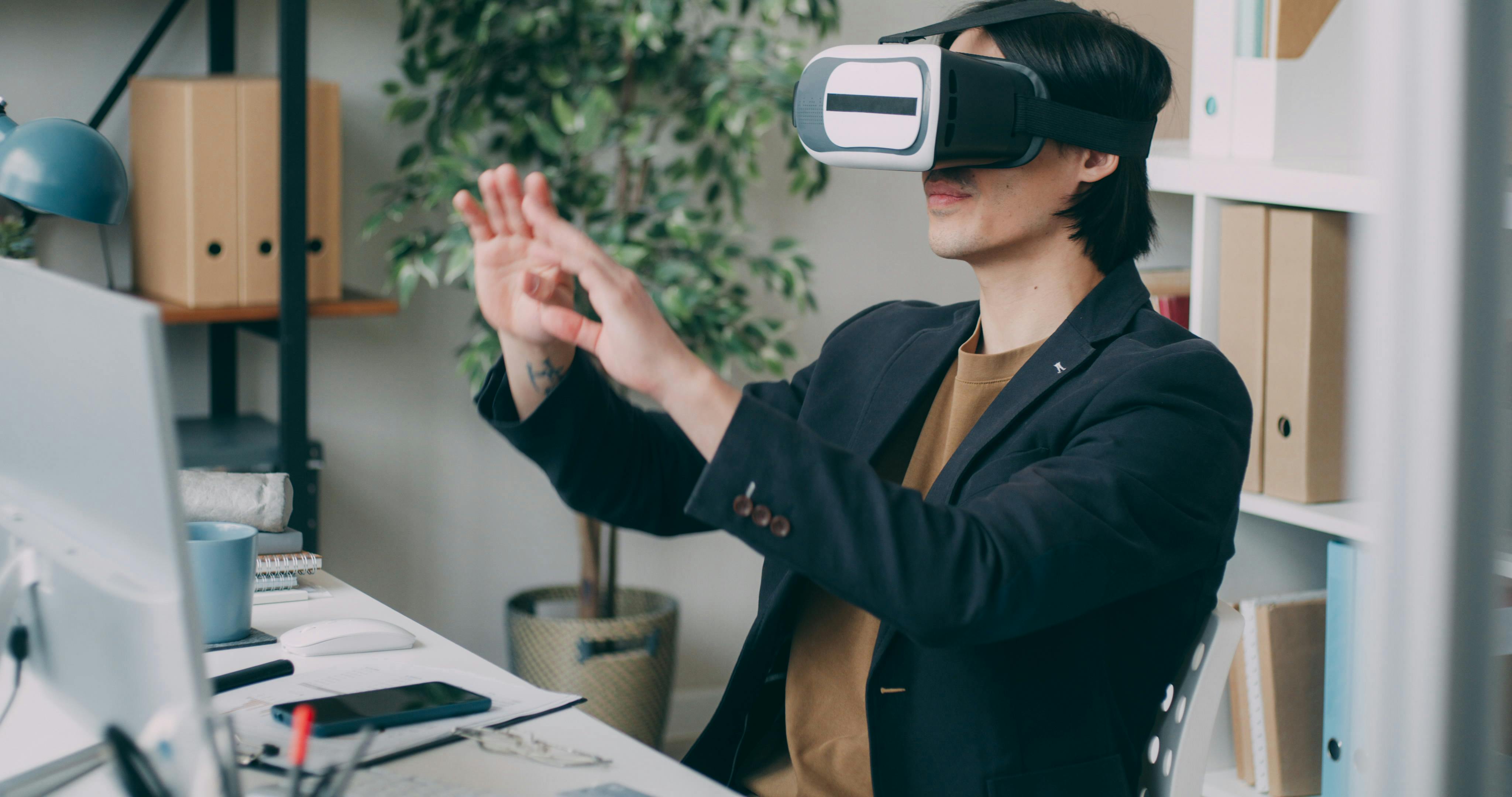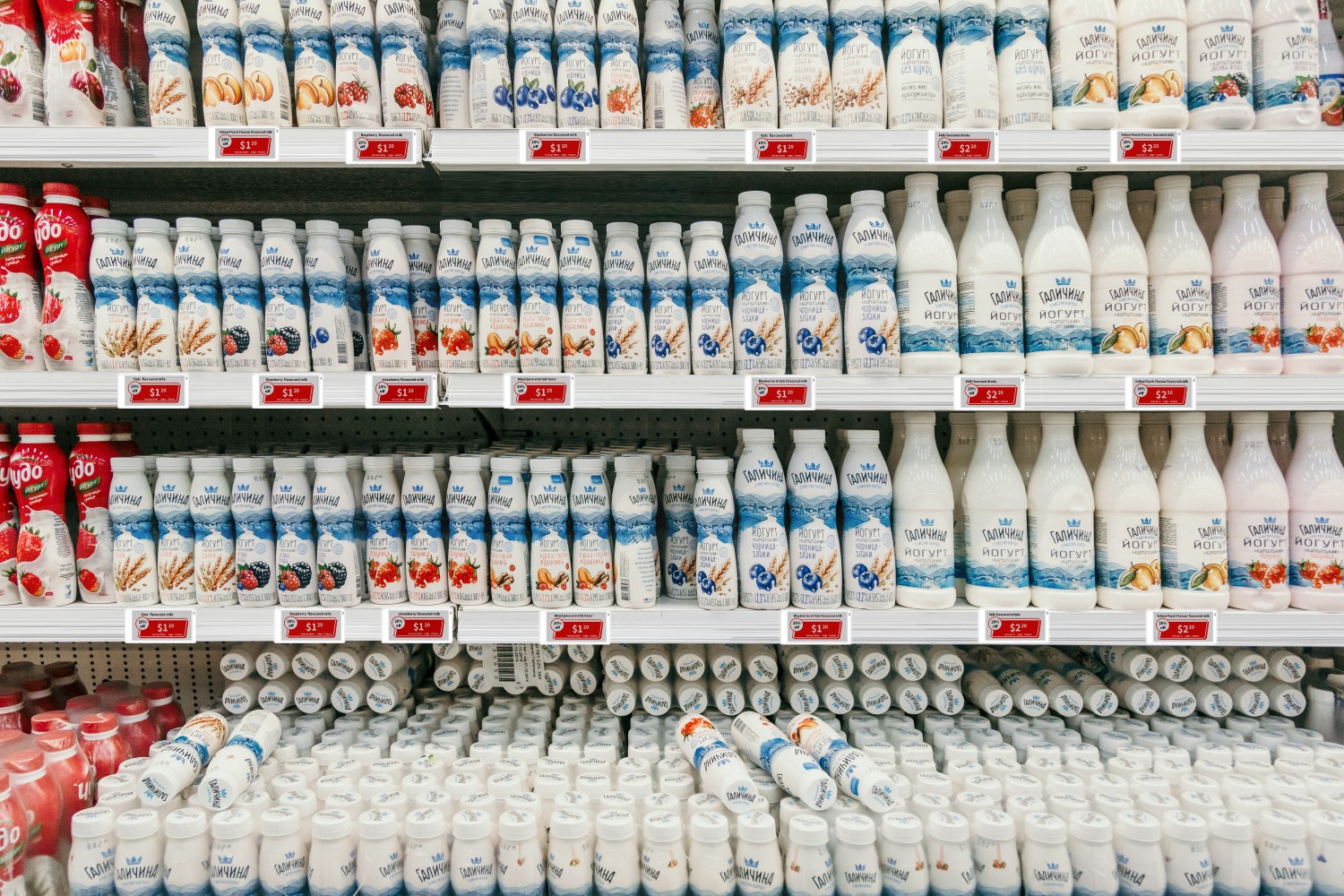The retail industry is undergoing unprecedented transformation, driven by technological advancements and shifting consumer demographics. According to the 2025 Retail Trends Forecast report released by the National Retail Federation (NRF), digitalization has profoundly reshaped the sector, with over 60% of retail sales now closely tied to digital technologies. Innovations like self-checkout systems, electronic shelf labels, and even unmanned stores have become commonplace.
However, competition in retail has also intensified. In this era of rapid technological evolution, embracing innovation is no longer optional—it’s a necessity. This article explores seven key tech trends shaping the retail landscape, offering insights to help you stay ahead of the curve and make informed decisions.
7 Major Retail Technology Trends
1. AR and VR in Retail: Transforming the Shopping Experience
When discussing AR applications in retail, most people immediately think of virtual try-on solutions for apparel and cosmetics. This technology allows consumers to visualize products on themselves without leaving home—a game-changer for fashion categories where the inability to conceptualize items often leads to purchase abandonment.
Through VR technology, consumers can virtually try on and test products in a digital environment. This allows them to observe how items perform in different settings, evaluate their practicality, and ultimately enhance the shopping experience.
While some dismissed AR innovation as a passing fad, major brands continue leveraging AR as a core service. Take IKEA's AR furniture visualization: users can realistically preview how a sofa fits their living room or if a dining table matches their kitchen decor, dramatically reducing buying hesitation.

2. Virtual Shopping Assistants: The AI-Powered Future of Retail
As Jason Goldberg, Chief Commerce Strategy Officer at Publicis Group, aptly observes:
"AI shopping assistants are poised to embed artificial intelligence into the heart of our shopping experiences, forever changing the retail landscape. AI agents … are becoming reality as industry giants … pour resources into this burgeoning space. These companies envision a future where the friction of shopping — endless comparisons, scrolling and decision-making — is replaced by seamless, personalized assistance."
Take Amazon's virtual shopping assistant Rufus—a polymath equally versed in product specifications, fashion trends, and digital ecosystems. When consumers struggle to choose between portable power solutions for outdoor adventures or seek beginner-friendly ski gear, Rufus delivers instant expertise through natural dialogue.
3. IoT Revolution: Connecting Every Aspect of Retail
The Internet of Things (IoT) refers to a technological framework that connects everyday objects to the internet using smart sensors, enabling data collection, communication, and intelligent control. At its core, IoT aims to network objects, endowing them with sensing, computing, and interactive capabilities to enhance efficiency, optimize decision-making, or create innovative services.
IoT technology is revolutionizing the retail industry, driving transformative changes through smart inventory management, enhanced customer experiences, optimized supply chains, and improved operational efficiency. For instance, Amazon Go leverages IoT cameras and weight sensors to deliver its "Just Walk Out" payment experience. Many retailers also utilize Wi-Fi hotspots or cameras to track foot traffic and dwell time, enabling smarter store layouts.
4. Electronic Shelf Labels (ESL): The Silent Revolution in Pricing
Unlike traditional paper labels, electronic shelf labels (ESLs) are eco-friendly and reusable. Most importantly, they enable remote batch price updates in seconds, significantly saving both time and labor costs. They also offer far superior aesthetics compared to conventional paper tags. While paper labels tend to fall off or tilt easily, ESLs remain consistently neat and secure. Many retailers, including major chains like Walmart, have already upgraded to this electronic labeling system.
Moreover, many current ESL solutions can seamlessly integrate with various management systems (ERP, POS, etc.), enabling real-time synchronization of product information, inventory data, and promotional strategies. This creates a unified, intelligent retail solution that streamlines operations.
5. The Rise of Autonomous Retail: The Future of Frictionless Commerce
Autonomous checkout and unmanned stores are no longer rare scenarios today. Leveraging technologies like AI and IoT, unmanned retail can achieve automated inventory replenishment and smart checkout. According to an NRF report, by 2025, cashierless stores, inventory robots, autonomous delivery vehicles, and even drone applications will see substantial growth. The development of unmanned retail helps improve operational efficiency and reduce labor costs. Although currently still in its early stages, this technology maintains tremendous growth potential and momentum.
6. Blockchain in Retail: Building Trust Through Transparency
Blockchain technology, characterized by its decentralized nature, tamper-proof records, and transparent traceability, is poised for widespread adoption in supply chain management and product provenance tracking.
For businesses, blockchain enables transparent supply chain oversight, ensuring product quality and safety. Meanwhile, consumers can leverage the technology to trace product origins, significantly enhancing trust in merchandise.
7. Omnichannel Retail: Seamless Shopping Across All Touchpoints
Omnichannel retail represents far more than just combining online and offline sales—it signifies their deep integration enabled by technology. This requires a unified commerce platform that consolidates inventory management systems, customer data platforms, sales channels, and other related systems. In fact, the "buy online, pick up in-store" model has become commonplace in recent years. Looking ahead, brand loyalty will increasingly depend on customers' ability to enjoy high-quality, seamless omnichannel experiences.
MinewTag: Empowering Smart Retail Solutions
As an innovator in comprehensive electronic shelf label (ESL) solutions, MinewTag utilize wireless communication and e-ink display technology to enable remote batch price updates and real-time promotional synchronization within seconds, with an ultra-long battery life exceeding 10 years.
The product features open API interfaces for seamless integration with various management systems including ERP and POS, achieving real-time synchronization of product information, inventory data, and promotional strategies to create a comprehensive smart retail solution.
Available in multiple sizes and display modes, these ESLs adapt to diverse application scenarios including supermarkets, warehouses, and pharmacies. Their waterproof and dustproof design ensures stable operation in various environments.

The digital transformation has brought unprecedented challenges to the retail industry while simultaneously creating groundbreaking opportunities. By effectively leveraging artificial intelligence, integrating online and offline channels, and utilizing big data for precision marketing, retailers can reshape the industry landscape and usher in a new era of growth.
In today's rapidly evolving technological landscape, only by proactively embracing digital innovation can retail businesses maintain their competitive edge.











